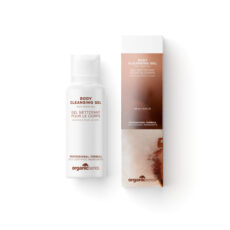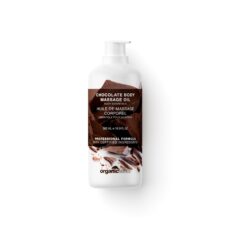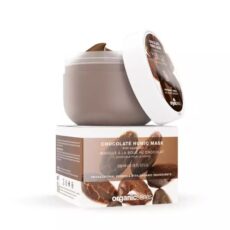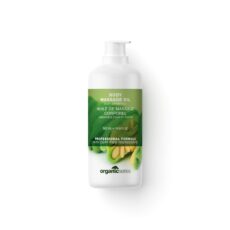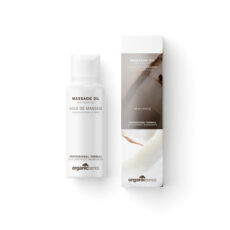What is a massage oil?
Massage oil is a vegetable-based carrier oil specifically designed for massage. It helps lubricate the skin to allow for an easier massage experience, and it can also be used as an aromatherapy ingredient. Massage oils are usually made from natural ingredients like grapeseed oil, almond oil, jojoba oil, or coconut oil. Massage oils are extremely beneficial to the massage therapist because they make it easier for their hands to glide across the skin, and they also help keep the massage area warm and comfortable. Additionally, massage oils can create an atmosphere of relaxation and peace in the massage room.
When choosing a massage oil, look for one that is free from preservatives, parabens, phthalates, and other harsh chemicals. The massage oil should also be non-greasy and easy to spread. Essential oils can also be added to massage oils for extra benefits like aromatherapy or therapeutic massage techniques. For example, lavender essential oil is often used in massage oils because it helps promote a sense of relaxation and peacefulness.
No matter what massage oil you choose, make sure to use it in a well-ventilated area and massage with gentle pressure. This will ensure that you get the most out of your massage experience!
11 Steps to Find the Best Massage Oil

Choosing the best massage oil involves considering various factors such as skin type, preferred scent, massage technique, and desired therapeutic benefits. Here are eleven steps to help you find the best massage oil, elaborated heavily on each:
Identify Your Skin Type: Consider your skin type when selecting a massage oil. If you have dry or sensitive skin, opt for lightweight oils like jojoba or sweet almond oil, which are moisturizing and gentle. For oily or acne-prone skin, choose non-comedogenic oils such as grapeseed or sunflower oil, which won’t clog pores.
Understand Your Preferences: Determine your preferences regarding scent, texture, and viscosity. Some people prefer unscented massage oils, while others enjoy the aromatherapeutic benefits of essential oils. Consider whether you prefer a lightweight oil that absorbs quickly or a richer oil that provides more slip during massage.
Consider Allergies and Sensitivities: Take into account any allergies or sensitivities you may have when choosing a massage oil. Avoid oils containing common allergens such as nuts or fragrances if you have sensitivities. Opt for hypoallergenic or fragrance-free options to minimize the risk of adverse reactions.
Research Carrier Oils: Familiarize yourself with different carrier oils commonly used in massage oils and their properties. Carrier oils serve as the base ingredient and provide lubrication for massage. Popular carrier oils include coconut oil, olive oil, avocado oil, and sesame oil, each offering unique benefits for the skin.
Explore Essential Oils: If you prefer scented massage oils, explore the wide range of essential oils available and their therapeutic properties. Essential oils can enhance relaxation, promote stress relief, alleviate muscle tension, and uplift the mood. Popular essential oils for massage include lavender, peppermint, eucalyptus, and chamomile.
Check for Quality and Purity: When selecting massage oils, prioritize products that are pure, natural, and free from synthetic additives or contaminants. Look for oils that are cold-pressed or steam-distilled to preserve their integrity and therapeutic benefits. Choose organic or sustainably sourced oils whenever possible.
Read Ingredient Labels: Carefully read the ingredient labels of massage oils to ensure they contain high-quality, nourishing ingredients. Avoid products with potentially harmful additives such as parabens, phthalates, artificial fragrances, or mineral oil. Look for simple formulations with minimal ingredients for purity and safety.
Test for Sensitivity: Before using a new massage oil, perform a patch test on a small area of skin to check for sensitivity or allergic reactions. Apply a small amount of oil to the inner forearm and monitor for any signs of redness, itching, or irritation. If no adverse reactions occur, the oil is likely safe to use.
Seek Recommendations: Seek recommendations from massage therapists, skincare professionals, or trusted sources when choosing a massage oil. They can provide valuable insights based on their expertise and experience working with different oils. Consider trying samples or tester bottles before committing to a larger purchase.
Consider Specific Needs or Conditions: If you have specific skincare concerns or conditions such as inflammation, arthritis, or muscle soreness, select massage oils tailored to address these needs. Look for oils containing anti-inflammatory, analgesic, or soothing ingredients such as arnica, ginger, or turmeric.
Experiment and Customize: Finally, don’t be afraid to experiment with different massage oils and blends to find what works best for you. Customize your massage experience by mixing carrier oils with essential oils to create personalized blends tailored to your preferences and therapeutic goals.
In summary, finding the best massage oil involves considering factors such as skin type, preferences, allergies, quality, ingredients, recommendations, and specific needs. By following these eleven steps and conducting thorough research, you can select a massage oil that nourishes the skin, enhances relaxation, and provides therapeutic benefits tailored to your individual preferences and requirements.
Why is organic massage oil better?
Organic massage oils have been made with natural ingredients that are free from synthetic chemicals. This means that they will not cause any skin irritation or adverse reactions. Organic massage oils are also known to be more effective in providing massage therapy benefits, as their essential oils provide therapeutic massage techniques and aromatherapy benefits.
By investing in organic massage oil, you can be sure that you are getting the most out of your massage experience. So, make sure to look for massage oils made with natural ingredients and free from synthetic chemicals or fragrances. You will not regret this decision!
Where to find the best massage oil?

You can find massage oils at your local massage therapist’s office, at spa shops, or even online. It is important to read massage oil reviews and labels before purchasing massage oils so that you can find massage oils that are best suited for your massage needs.
At Organic Series, we offer natural massage oils that are free from synthetic chemicals and made with organic ingredients. Our massage oils are hydrating, non-greasy and easy to spread over your skin. They also have added essential oils for aromatherapy benefits or therapeutic massage techniques.
Our massage oils are perfect for all skin types, so you can massage with confidence knowing that your massage oil is of the highest quality. So, don’t wait any longer and get ready to relax and enjoy a massage experience like no other! Choose Organic Series massage oils and pamper yourself today!
Our Expert Organic Massage Oil Recommendations
1. Premium Organic Body Massage Oil
2. Natural Organic Body Massage Oil
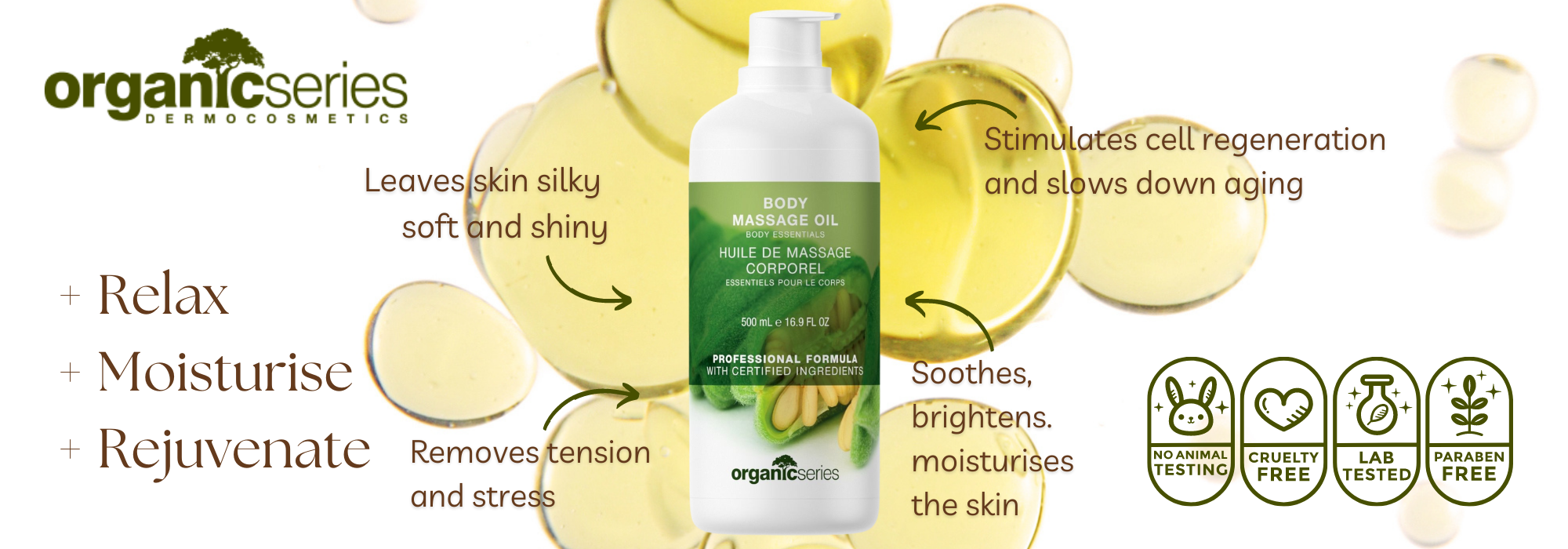
3. Chocolate Organic Massage Oil
More inspiration
Follow Organic Series UK on instagram and facebook for more inspiration, expert tips and special discount codes!
Organic Massage Oils By Organic Series
-
-
-
Humic Acid Mask | Chocolate Humic Mask By Organic Series | 200 ml, 500 ml
From £ 29.00Rated 5.00 out of 501 review -
-

Maria
Cosmetic Chemist
Maria
All Author Posts

